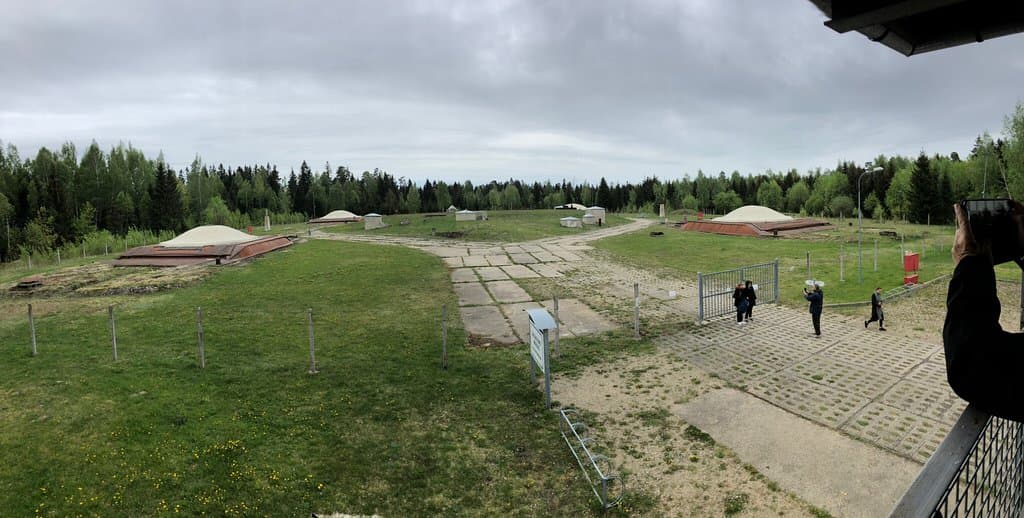
Cold War Museum Plokštinė Missile Base Plateliai
Step into a former Soviet nuclear missile base, a chilling relic of the Cold War hidden deep in Lithuania's forests. Explore underground silos and com...
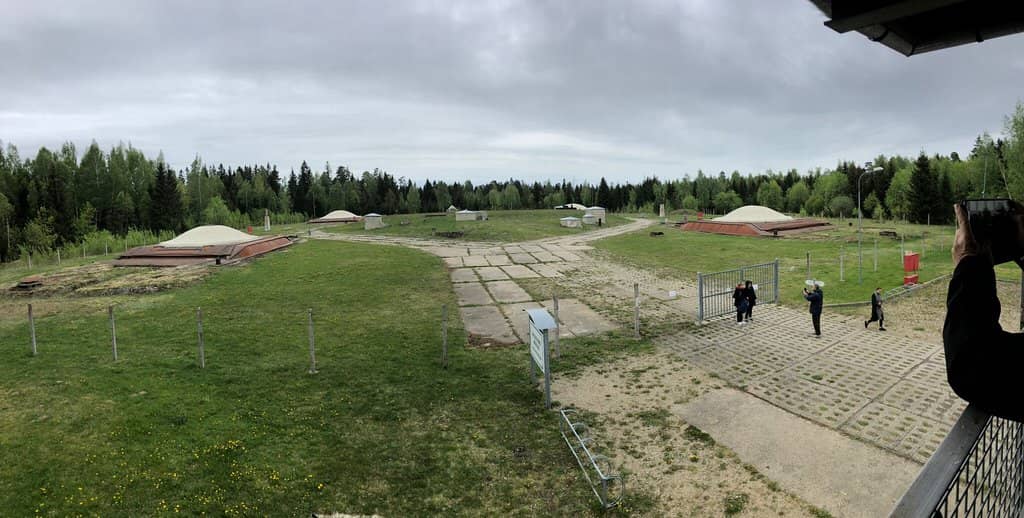
Highlights
Must-see attractions
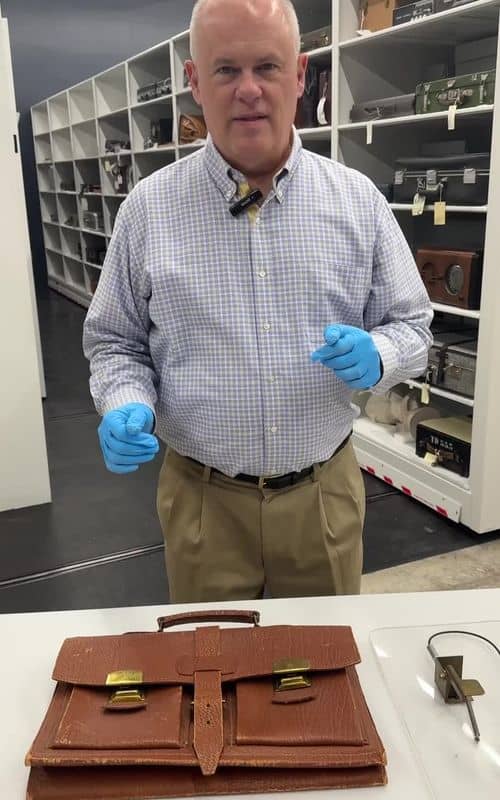
Social
From TikTok & Reddit
Best Time
Fewer crowds, crisp air

Cold War Museum Plokštinė Missile Base Plateliai
Best Time
Fewer crowds, crisp air

Highlights
Must-see attractions
Step into a former Soviet nuclear missile base, a chilling relic of the Cold War hidden deep in Lithuania's forests. Explore underground silos and command centers.
"Felt like I stepped into a chilling chapter of history at a former Soviet Union nuclear missile site."
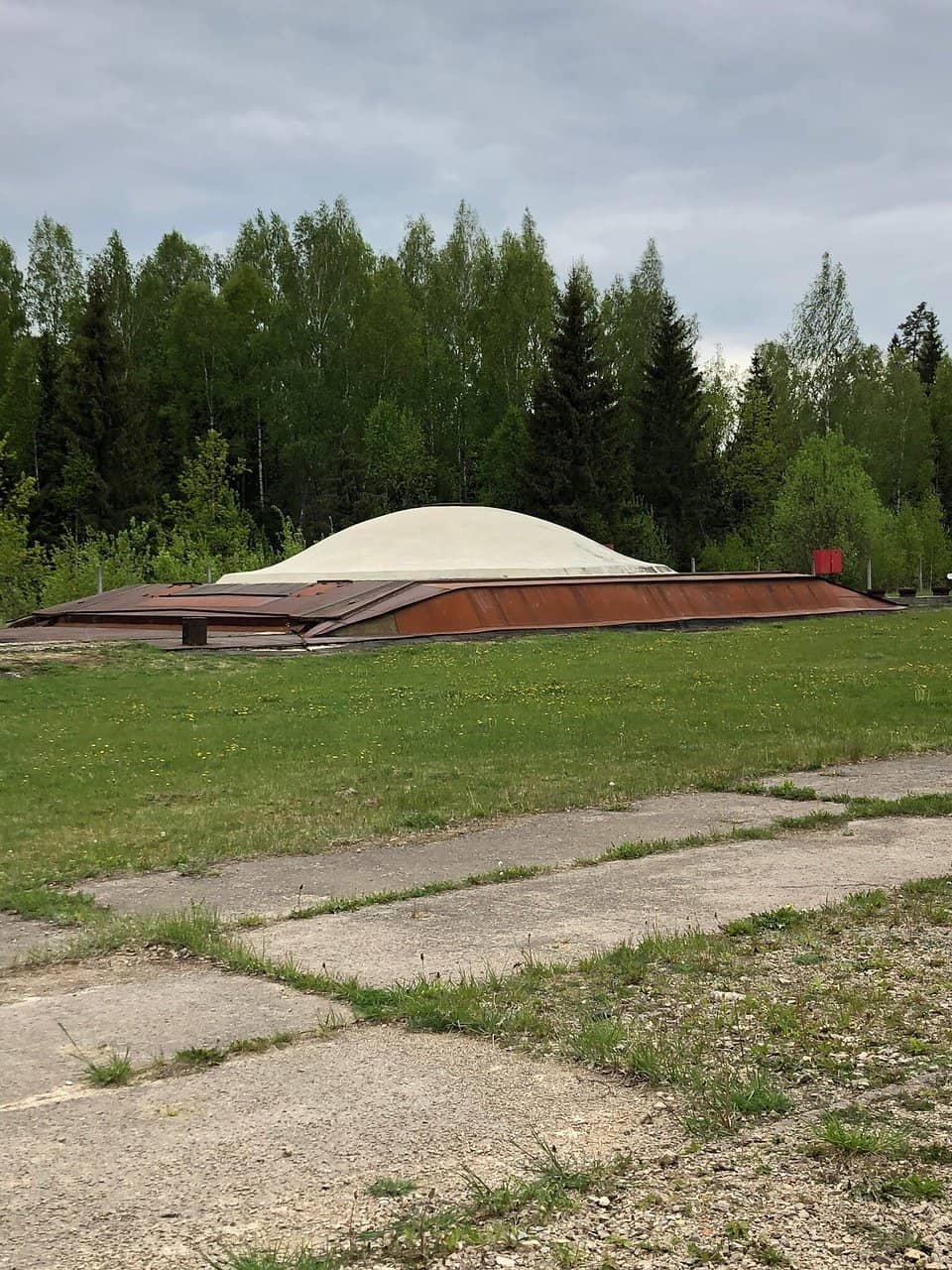
🧥 Wear Warm Layers
It's freezing underground! Bring a jacket, even in summer. :cloud:
🎧 Get the Audio Guide
Highly recommended for context and understanding the exhibits. :headphones:
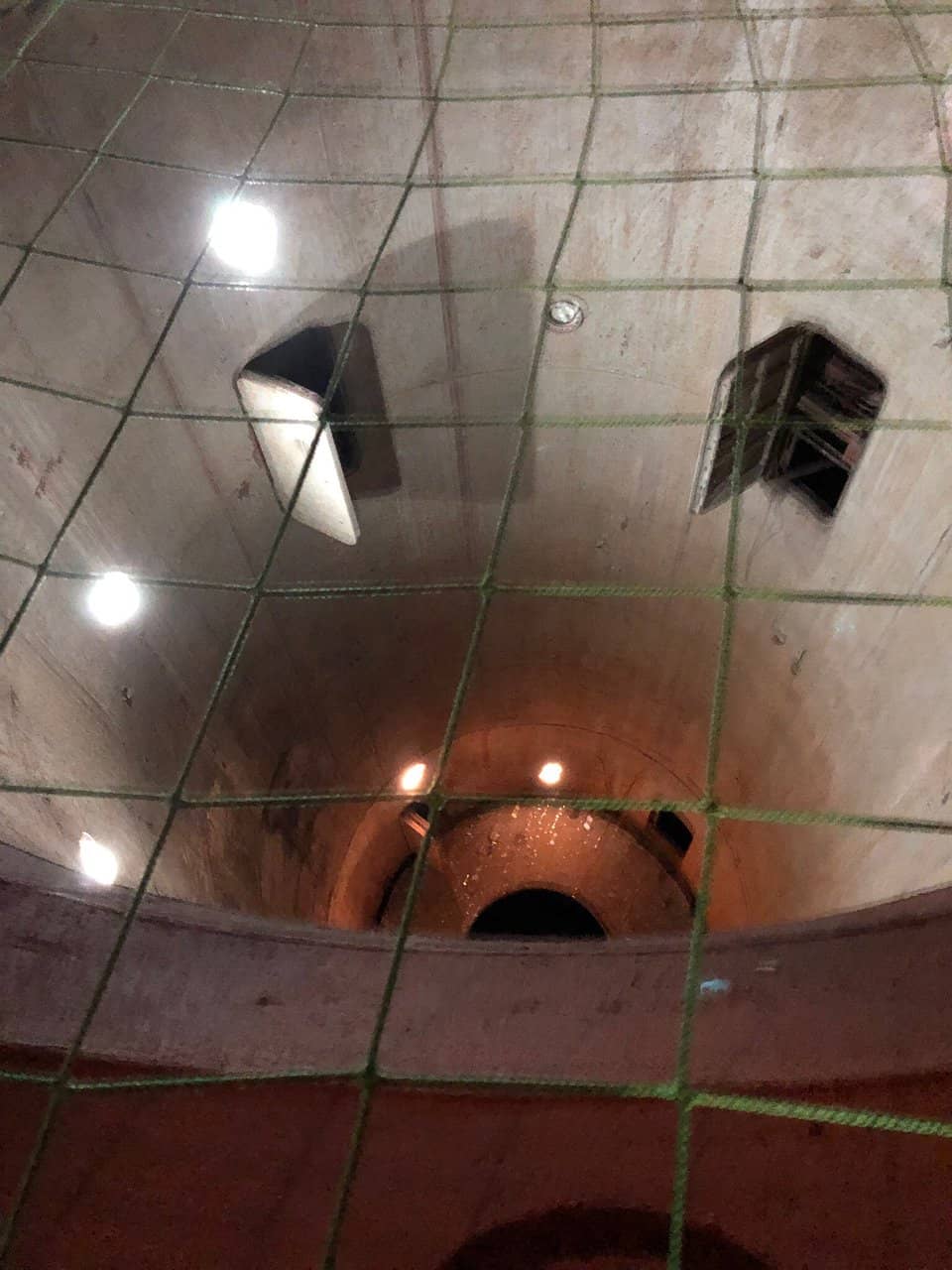
Highlights
Discover the most iconic attractions and experiences
The Missile Silos
Underground Launch Areas
Stand in awe of the 30-meter deep silos that once housed nuclear missiles aimed at Europe. An eerie and powerful reminder of Cold War tensions.
Underground Labyrinth
Entire Base
Explore the network of tunnels, bunkers, and command centers. Test every door – many lead to more fascinating exhibits and information.
The 'Red Button' Experience
End of the Exhibition
A powerful film and interactive element that brings the gravity of the Cold War to life. A must-see for understanding the stakes.
Plans like a pro.
Thinks like you
Planning Your Visit
Dress for the Cold War
Allocate Ample Time
Best Times
Insider Tips
from TikTok, Instagram & Reddit
🧥 Wear Warm Layers
It's freezing underground! Bring a jacket, even in summer. :cloud:
🎧 Get the Audio Guide
Highly recommended for context and understanding the exhibits. :headphones:
👟 Comfortable Shoes Essential
You'll be doing a lot of walking through tunnels and stairs. :athletic_shoe:
⏳ Allow Plenty of Time
3-4 hours is ideal to explore fully. :hourglassflowingsand:
Tips
from all over the internet
🧥 Wear Warm Layers
It's freezing underground! Bring a jacket, even in summer. :cloud:
🎧 Get the Audio Guide
Highly recommended for context and understanding the exhibits. :headphones:
👟 Comfortable Shoes Essential
You'll be doing a lot of walking through tunnels and stairs. :athletic_shoe:
⏳ Allow Plenty of Time
3-4 hours is ideal to explore fully. :hourglassflowingsand:
🚪 Explore Every Door
Many doors lead to hidden rooms with more info! :door:
What Travellers Say
Reviews Summary
Visitors consistently praise the Plokštinė Missile Base as a fascinating and deeply impactful experience, offering a unique glimpse into Cold War history. The preserved underground facilities, especially the missile silos, are described as awe-inspiring and chillingly real. While some note that information displays could be clearer, the audio guide is highly recommended for providing essential context and making the visit truly educational.
"What an amazing place. Just fascinating.
We had an audio guide which gave great explanations of the main points of interest.
This is a subject we are really interested in so we spent around 3.5 hours in the museum. There is a huge amount of information to take in, if you are interested.
Just being in the facility is incredible when you think of all the tensions and decisions that were taken during those years.
The film at the end and the "red button" is very powerful.
From a practical perspective if this a subject that interests you then leave plenty of time for your visit and ensure you wear warm clothes, it is freezing down there even with 21 degrees outside!
An amazing place, highly recommended."
Elaine Carr
"Wow one of the best and most interesting experiences we’ve had. A unique look at a soviet missile silo. You can explore throughout the structure including into the silos - it’s an underground labyrinth! Test every door as they mostly open and lead to other parts with more information. The English translation also makes it quite entertaining! Loads of parking and large cycle groups. Maybe find the online history as some of the displays and information is a bit lacking and could have improved clarity."
Matthew Douglas
"Felt like I stepped into a chilling chapter of history at a former Soviet Union nuclear missile site in Lithuania. Hidden deep in the forest, this once top-secret base housed missiles aimed at the West during the Cold War. Walking past the massive steel doors, fortified bunkers, and the eerie launch silos felt like stepping into a spy novel - except it was all real. It was a unique way to experience the tension, secrecy, and high stakes of the Cold War, standing right where world-changing decisions could have been made. An unforgettable blend of history, engineering, and the quiet reminder of how close humanity once came to the brink."
Hitesh Shah
What People Like
What People Dislike
Frequently Asked Questions
🚇 🗺️ Getting There
The museum is located deep in the Žemaitija National Park, Lithuania. Driving is the most common method, with ample parking available. Public transport is limited, so consider renting a car or arranging a private transfer. It's a unique, hidden location that adds to the experience.
While hidden, signage is generally good once you're in the vicinity of the national park. GPS navigation is highly recommended to reach the exact location.
It's a long drive from Vilnius or Kaunas (around 3-4 hours each way), making it a very full day trip. Many visitors opt to stay overnight in the Klaipėda region or nearby towns to make the journey more relaxed.
Yes, various tour operators in Lithuania offer guided tours that include the Plokštinė Missile Base. This can be a convenient option if you prefer not to drive yourself.
If you're relying on public transport, you'll likely need to take a bus to a nearby town like Plungė or Rietavas and then arrange a taxi for the final leg to the museum. This can be time-consuming and requires pre-planning.
🎫 🎫 Tickets & Entry
Ticket prices can vary, but generally, admission is affordable. It's always best to check the official museum website for the most up-to-date pricing and any potential discounts.
While not always mandatory, booking tickets in advance, especially during peak season or for specific time slots, is advisable to guarantee entry and avoid queues.
Opening hours can change seasonally. Typically, the museum is open during daylight hours, but it's crucial to verify the current schedule on their official website before your visit.
The audio guide is usually available for an additional fee, but it's highly recommended for a comprehensive understanding of the site. The cost is generally considered well worth it.
As it's a historical site with underground elements, there might be age or mobility restrictions for certain areas. It's wise to inquire with the museum if you have specific concerns.
🎫 🧭 Onsite Experience
You'll explore the former Soviet nuclear missile silo, including the launch control center, tunnels, and the impressive 30-meter deep missile shafts. The exhibits detail the history and tension of the Cold War.
Most visitors spend around 3 to 4 hours to fully explore the site and absorb the information. Some interested visitors might stay even longer.
Yes, many find it educational and engaging for children, offering a tangible glimpse into a significant historical period. The interactive elements and sheer scale can be captivating.
Photography is generally allowed in most areas, but it's always good to check for any specific restrictions, especially in sensitive exhibition spaces.
It's consistently cold, around 5-10°C (40-50°F) year-round due to its underground nature. Dressing in warm layers is essential.
🍽️ 🍽️ Food & Dining
The museum itself typically has limited or no dining facilities. It's advisable to bring snacks and water, or plan to eat before or after your visit in a nearby town.
Dining options are scarce directly at the base. You'll find more choices in towns like Plungė or Rietavas, offering traditional Lithuanian cuisine.
Bringing your own food and drinks is generally permitted, especially for a picnic lunch. However, be mindful of keeping the historical site clean.
Look for local 'kavinė' (cafes) or 'restoranas' (restaurants) in nearby towns for authentic Lithuanian dishes. Ask locals for their favorite spots.
Absolutely. After your immersive experience, heading to a nearby town for a hearty meal is a great way to reflect on the visit.
📸 📸 Photography
The missile silos themselves, the imposing steel doors, and the underground corridors offer dramatic photographic opportunities. The contrast between the stark military architecture and the natural surroundings is also striking.
Generally, yes. However, always look for signage indicating 'no photography' zones, especially in areas with sensitive exhibits or where flash might be disruptive.
A wide-angle lens is excellent for capturing the scale of the silos and tunnels. A camera with good low-light performance will be beneficial for the underground sections.
The sheer scale of the underground complex and the historical artifacts provide unique shots. Capturing the atmosphere of secrecy and tension can lead to compelling images.
It's best to avoid flash photography in enclosed underground spaces to prevent glare and preserve the atmosphere. Check for specific rules regarding flash.
For Different Travelers
Tailored advice for your travel style
👨👩👧 Families with Kids
Key tips for families: Dress everyone in warm layers, as the underground temperature is consistently cold. Ensure children wear comfortable, sturdy shoes for navigating the uneven surfaces and stairs. Consider bringing snacks and drinks, as on-site facilities are limited. It's a unique educational opportunity to discuss history and the importance of peace in an age-appropriate manner.
🏛️ History Buffs & Enthusiasts
The extensive information provided through exhibits and the highly recommended audio guide ensures a comprehensive understanding of the base's significance. Visitors can spend hours absorbing the details, contemplating the geopolitical tensions, and appreciating the engineering marvels of the time. It's a site that sparks reflection and offers a unique perspective often only read about in books.
🚗 Road Trippers & Adventurers
Tips for road trippers: Ensure your vehicle is in good condition for potentially longer drives. Download offline maps, as mobile signal can be spotty in rural areas. Combine your visit with exploring other attractions in the Žemaitija region, such as the Curonian Spit or charming local towns. Pack a picnic to enjoy amidst nature before or after your underground exploration.
Deep Dives
In-depth insights and expert knowledge
The History of the Plokštinė Missile Base
The base was on high alert only once, during the Prague Spring in 1968, when the missile domes were opened and the missiles were prepared for potential launch. This event underscores the immense tension and the precarious balance of power during that era. By 1978, the missiles were considered outdated and were removed, and the base was eventually discovered by American intelligence. Today, it stands as a stark reminder of a period when the world teetered on the brink of nuclear conflict.
Today, the Plokštinė Missile Base operates as the Cold War Museum, offering visitors an unparalleled opportunity to step back in time. The museum meticulously preserves the underground infrastructure, allowing exploration of the launch silos, command centers, and associated tunnels. Through exhibits and an informative audio guide, visitors gain a profound understanding of the strategic importance of the base, the daily lives of the soldiers stationed there, and the broader geopolitical context of the Cold War.
Experiencing the Underground Labyrinth
Navigating the base involves exploring a complex web of tunnels connecting various functional areas, including command posts, living quarters, and technical facilities. Many visitors recommend testing every door, as they often lead to further chambers filled with historical artifacts, explanatory panels, and multimedia displays. The audio guide is invaluable here, providing context and narratives that bring the cold, concrete corridors to life, detailing the procedures, the anxieties, and the strategic decisions made within these walls.
The atmosphere is unique – a blend of historical significance and chilling realism. The constant cool temperature, even in summer, adds to the authenticity of the experience, reminding visitors of the harsh conditions and the constant readiness required of those stationed here. It’s a place that encourages reflection on the past and the importance of peace, offering a tangible connection to a pivotal period in global history.
Cold War Tanks and Military History
These military museums often feature exhibits that detail the evolution of tank design throughout the Cold War, from early post-WWII models to more advanced main battle tanks. They explore how these machines were integral to the military doctrines of both sides, serving as symbols of power and potential conflict. The sheer scale and engineering of these vehicles can be as awe-inspiring as the missile silos, representing a different facet of the Cold War's military landscape.
For those interested in military aviation, sites like Castle Air Museum in the USA sometimes host 'Open Cockpit Days,' allowing visitors to get up close with Cold War-era aircraft. This broader interest in military history, whether it's tanks, planes, or missiles, underscores the pervasive impact of the Cold War on global affairs and technological development.
Social
from TikTok, Instagram & Reddit